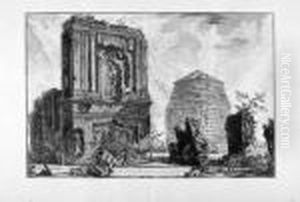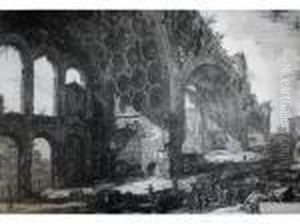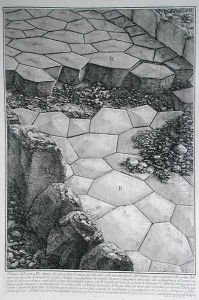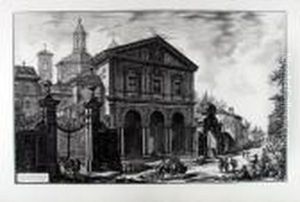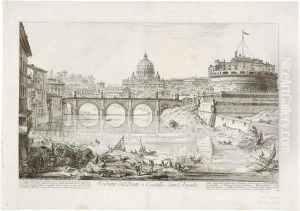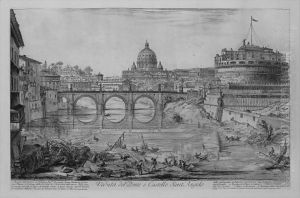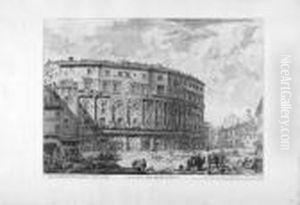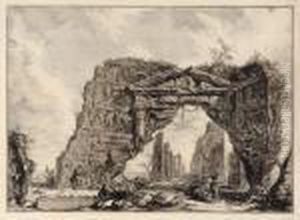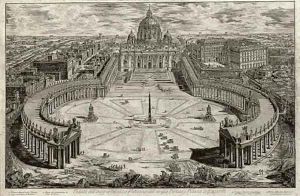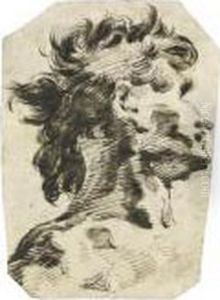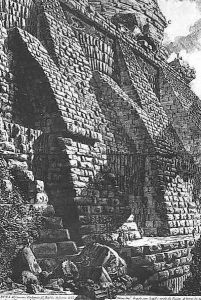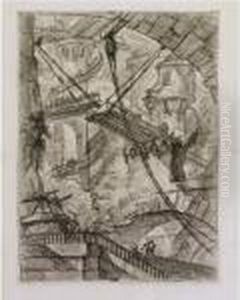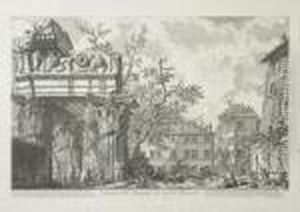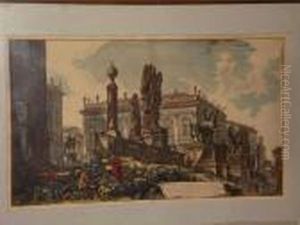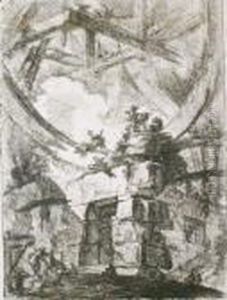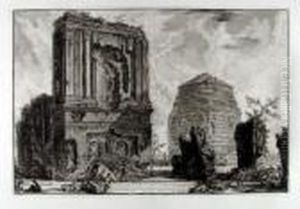





"a Veduta Del Sepolcro Di Pisone Liciniano Su L'antica Via Appia...b.
-
About Reproduction
Discover the allure of art with our faithful reproduction of ""a Veduta Del Sepolcro Di Pisone Liciniano Su L'antica Via Appia...b.", originally brought to life by the talented Giovanni Battista Piranesi. Unlike posters or prints, our hand-painted oil painting breathes an unique sense of depth and texture into your space. Every detail, every stroke, and every texture is meticulously recreated, paying the perfect homage to Giovanni Battista Piranesi and his artistic vision.
Owning this piece is more than just decoration - it's a statement of your refined taste in art. Let the vibrant colors and intricate details of this replica serve as a daily reminder of the beauty in our world. Elevate your decor and appreciate the richness of art with our replica of this masterpiece.
-
Painting Description
Giovanni Battista Piranesi, an Italian artist renowned for his etchings of Rome and its ancient monuments, created "a Veduta Del Sepolcro Di Pisone Liciniano Su L'antica Via Appia..." as part of his extensive body of work that captures the grandeur and decay of classical antiquity. Piranesi, born in 1720 in Mogliano Veneto, was a master of the veduta, a genre of highly detailed, large-scale prints that depict expansive cityscapes or landscapes. His works are celebrated for their meticulous attention to architectural detail and their ability to evoke the sublime and the picturesque.
The title of the work, "a Veduta Del Sepolcro Di Pisone Liciniano Su L'antica Via Appia," translates to "A View of the Tomb of Piso Licinianus on the Ancient Appian Way." The Appian Way, known as the "Queen of Roads," was one of the earliest and strategically most important Roman roads of the ancient republic. It connected Rome to Brindisi in southeast Italy, and along its path lay numerous tombs and monuments, including the sepulcher of Piso Licinianus, a figure from Roman history.
Piranesi's etching captures the tomb in a state of picturesque ruin, a common theme in his works that reflects both the passage of time and the enduring legacy of Roman engineering and architecture. The composition likely includes a blend of real and imagined elements, as Piranesi was known for his creative reconstructions that aimed to convey the grandeur of ancient Rome more vividly than a purely factual representation might.
The etching is part of Piranesi's larger project, "Le Antichità Romane" (Roman Antiquities), published in 1756, which consists of four volumes of detailed studies of Roman ruins. This work not only showcases Piranesi's technical skill as an engraver but also his deep passion for archaeology and the classical past. His vedute were instrumental in shaping European perceptions of ancient Rome and contributed significantly to the neoclassical movement in art and architecture.
Piranesi's influence extended beyond his lifetime, inspiring generations of artists, architects, and scholars. His works remain highly regarded for their artistic merit and their role in the preservation and interpretation of classical antiquity. "a Veduta Del Sepolcro Di Pisone Liciniano Su L'antica Via Appia..." stands as a testament to Piranesi's enduring legacy and his unique ability to bring the ancient world to life through his art.
-
Lead Time & Shipping
When you order this oil painting replica, it typically takes 2-3 weeks to paint. If the artwork is more complex, it might need a little more time to ensure the best quality. Once it's ready, we'll send you a photo for your approval. After you give the green light, we'll ship it to you for free.
-
Return & Refund
We believe in the quality of our hand-painted oil painting reproductions, and your satisfaction is our priority. If for any reason, you are not completely satisfied with your purchase, we offer a 45-day return policy. You can return your artwork within 45 days of receipt and receive a full refund. Please note that the artwork must be returned in the original packaging and in the same condition as it was received.





